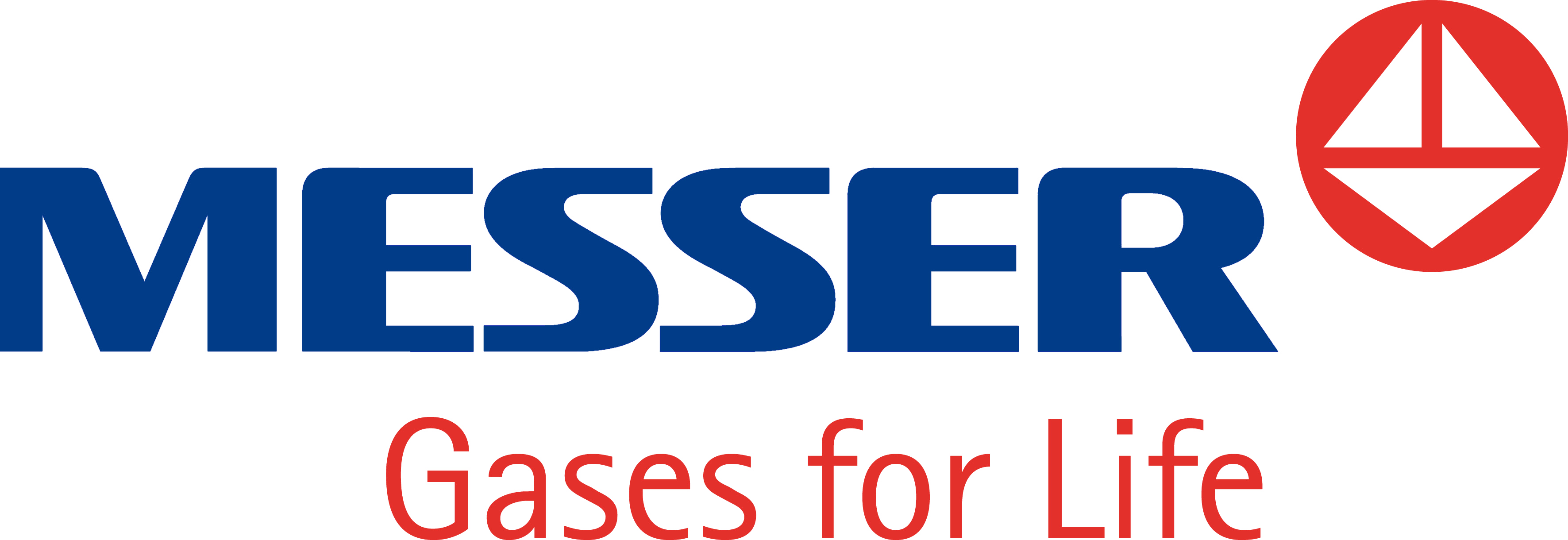By: Marion Riedel, Messer Ibérica
Reading time: 2 Minutes
◤ INTERVIEW II
Safest conditions require top quality
What are your main products? We produce large components for nuclear power plants, such as reactor vessels, steam generators, heat exchangers, fuel element heads and equipment used to store and transport the fuel. Another business segment concerns the dismantling of nuclear power plants.
What are the international projects, in which ENSA is currently participating? For the ITER project, which will develop nuclear fusion as a source of energy, we are manufacturing multiple segments of the reactor. We developed all the robot-controlled and automated welding and inspection procedures for assembling the sectors in the plant. We are participating in the European MEACTOS project, which aims to reduce residual stresses and stress corrosion in steels. We are also involved in the South African PBMR project (Pebble Bed Modular Reactor) and the international IRIS project (International Reactor Innovative and Secure).
How do you ensure the quality of your products? Our quality assurance relies on three units: System Quality Assurance, Reliability and Improvement, and Product Quality Assurance. They determine our actions, from the review of quotations and purchasing specifications to the coordination of material inspection in our laboratories, they are responsible for the inspection and acceptance of materials and services. Inspection and testing are performed with equipment that we calibrate in our own accredited laboratories.

Domingo Lima Almeida, R&D&i Manager (Technology Center Equipos Nucleares (ENSA))
❝
In Messer, we have found a partner that meets our high standards.
Where are gases used? Primarily for shielding and inertization in TIG, MIG and MAG welding operations. We use gas mixtures such as Aluline, Inoxline and Ferroline when welding aluminum components to stainless or ferritic steels. We need nitrogen for corrosion protection in components for storage containers that hold used fuel. For the fabrication and assembly of the reactor in the ITER project, we rely on WIG welding, which requires high-quality shielding and welding gases.
Are there other gas applications? We also use gases in our laboratories for material analysis, testing and calibration. We use argon to perform spectrometric analyses of the composition of metallic and non-metallic elements, and we use oxygen to measure carbon and sulfur content and to measure moisture in coatings and fluxes. We use helium in the elemental analysis of nitrogen.
What do you expect from the company that supplies your gases? Our gases supplier must ensure that its products meet the very high safety and quality standards of our industry. And of course, we also need competitive prices and reliable supply. In the technology center, we are continuously developing new welding methods. Each of these new methods requires specific gases, and the gas supplier’s expertise is an essential part of any successful development. In Messer, we have found a partner that meets our high standards.
